Utah’s rebuild hinges on a few details, with the aim being a top 5 pick in the 2025 NBA Draft.
The Utah Jazz are a curious case in the greater mixing bowl of the NBA. They’re now belly-deep into a rebuild that began 2 seasons ago when the new CEO of basketball operations scanned his team and firmly declared, “Hold my non-alcoholic beverage” before tearing down their Rudy Gobert and Donovan Mitchell All-Star core to start over from scratch.
The landscape of the NBA is typically broken into three equal, yet distinct sections. Not all NBA teams are created equal, and as every season commences, we find teams across the league begin to filter into 3 divisions.
At the top, you have your contenders; these are the squads with championship aspirations and a roster that they believe is capable of reaching the mountaintop. These teams are often the home of an all-star or two, with plenty of playoff experience. Some of these squads may be what you could call “pretenders”, but they’re championship-minded nonetheless.
In the middle, we have the aptly named section: “The Middle”, and as much as it pains me, I’ll abstain from making a sitcom reference here (My apologies to Atticus Shaffer). Whether they’re on the rise, slipping down the standings, or stuck in NBA limbo, these are the teams that won’t be winning the championship this season but are just too good to go all-in on the tank. This is a dangerous place to be in basketball—many have found themselves stuck here for years—but it’s a necessary stepping-stone toward joining the contenders.
Last and least, we have the teams that have gone full tank mode. Accumulating assets and sending prayers to the lottery gods are these teams’ M.O. Each squad has some promising talent, but is simply too young, too underdeveloped, or too incompetent to rise out of the pit of bottom-dwellers.
In the ranks of the tanks, jostling for position is the prime objective. In a nutshell, to lose is to win, and a battle to lose better than your peers becomes the motivating factor in order to obtain the best odds for the upcoming draft.
Utah has embraced the tank at the perfect time as you could make the argument that 13 of the 15 Western teams have shifted to “win-now mode”. As we stand, the Jazz are rivaled only by Portland in the dive toward the bottom of the standings. Like the lake challenge of the Tri-Wizard Tournament, each party is actively exploring ways to gain an advantage to reach the bottom faster than the others.
The Jazz’s front office has received some recent heat for its lukewarm approach toward roster construction—too good to bottom out, too bad to contend for a playoff spot. The massive shadow of the 2025 NBA Draft class is beginning to loom over the Salt Lake Valley and the Utah Jazz are certainly locked into a single result: the coveted top 5 picks of the upcoming draft.
With names like Cooper Flagg, Ace Bailey, and V.J. Edgecomb gaining traction, securing a pick in the top 5 spots of the lottery seems to be a “can’t-miss” opportunity (though I would argue there’s no such thing as a bust-proof prospect). For the Jazz, locking into a favorable draft spot has everything to do with how Utah handles business throughout the regular season.
Forming the Ensemble
The NBA Draft is a crapshoot, and it always has been (or do I need to remind you of names like Enes Kanter, Dante Exum, and Trey Lyles?). For a rebuilding team, the only hope your squad has to avoid becoming a perennial loser is by drafting well and developing young talent—especially for a small market team like Utah, that won’t attract the attention of top free agents.
Over the past two seasons, this Jazz team has consistently surpassed preseason expectations. A number of factors have been speculated to directly impact Utah’s success, including Lauri Markkanen’s emergence as an All-Star and Will Hardy’s impact on the team, but I believe that even with The Finnisher playing at the peak of his powers, this team can command the tank in the right direction.
Discounting the incoming players for a moment, as Dwight Shrute was born to be Belshnikel, this Utah Jazz roster is built to be bad. Following the All-Star break in February, the Jazz were a horrific 5-21. That certainly leans impish over admirable, and I believe that Utah can carry that negative momentum into this season.
Hendricks and Sensabaugh are still acclimating to the NBA game, and with three rookies in Cody Williams, Isaiah Collier, and Kyle Filipowski all looking to rack up NBA minutes, the Jazz are assembling an ensemble of youth that may stumble out of the gate but could spark a glimmer of hope for the coming years.
Fortunately, as I will emphasize several times throughout this article, to lose is to win for the rebuilding Jazz, and a top 5 pick is the prize.
This team is also populated by players whose games don’t serve winning basketball. With no disrespect intended, when the back end of your roster is filled in by the likes of Talen Horton-Tucker, Luka Samanic, and Drew Eubanks, you’re in peak position for a season of sadness. My sincerest congratulations!
Emphasis on Youth
Though the Jazz have been caught in the 9-10 range of the draft lottery, early returns from the young core have been promising and indicate to the Jazz faithful that this team is fully capable of drafting well. Keyonte George has shown flashes of brilliance in his rookie season in Utah, and all three of Utah’s incoming rookies are showing tremendous potential.
In an interview with ESPN700, Jazz insider Tony Jones of The Athletic shared some insight on Utah’s shift toward favoring youth over experience.
To build a team’s foundation on youth above experience is a risky proposition, but in putting the focus on developing young talent, growing pains are sure to tally up the loss column.
As we’re on the topic of Walker Kessler, seeing John Collins eat into his playing time was eating into my soul. Even in an uneven year for Kessler, he boasted the second-highest average of blocks per game in the NBA, behind only the unearthly wingspan of Victor Wembanyama. With the statement from Tony Jones that Kessler would take priority over Collins in Utah’s rotation, I could hear the jubilation in the streets as Jazz nation rejoiced.
Youth is the core of Utah’s focus, so be prepared to see some sloppy basketball. Growing pains may be unbearable at times, and just as the Wizards and Pistons suffered last season, so too must the Jazz suffer to improve their lottery odds.
I for one am incredibly giddy to see Williams, Collier, and Filipowski improve through the course of the 82-game NBA season, and I expect George, Hendricks, and Sensabaugh to build upon their solid rookie seasons. Sure, the future of the Jazz likely lies on these players’ shoulders, but Utah can afford to miss on a prospect occasionally as long as they retain their war chest of draft capital.
Markkanen’s Future
Of course, uncertainty surrounding Lauri Markkanen’s future with the Jazz has headlined trade rumors since the offseason began, and the shape of the Utah Jazz in the coming years likely hinges on Markkanen’s presence—or lack thereof.
Recent reports indicate that Lauri intends to re-sign with the Jazz, though he may wait until after the August 6th window to ensure he can’t be traded during the 2024-25 season.
Lauri has really taken to Utah. His family has taken to Utah. Obviously the Jazz can trade him between now and Aug 6th, and Lauri knows that, but Lauri has forged a really close relationship to Will Hardy. And Will [Hardy] has really found a way to unlock his career. -Tony Jones, The Athletic
First of all, I’d like to point out how refreshing it is to see a player of Markkanen’s caliber openly enjoy living in Utah. Markkanen and the Jazz have been a wonderful tandem, and with every passing day, the chances that the front office ships Lauri to another team decrease with every passing day and I think that’s a positive for the Jazz.
The most significant question mark surrounding the Jazz is Markkanen’s impact on team success. He’s proved in the past that a Finnish scoring avalanche can be enough to drag his team to wins, but those results are counterproductive to the central objective of the team. I doubt Lauri’s feelings about Utah would be tarnished by a losing environment—two years into a rebuild and he seems as happy as ever—but finding the perfect balance of Markkanen’s brilliance and youth development won’t be an easy task for Coach Will Hardy.
I could agonize over every possibility for 1,000 more words, but I’ll spare both of us by wrapping this up on a positive note. At the moment, the Utah Jazz rebuilding process is right on schedule. With a batch of promising young prospects and a star to build around in Lauri Markkanen, this team will have plenty of fun moments throughout the season. Though it will likely be a “fun” team to watch from time to time, it won’t be a winning team, and I believe that this Jazz squad has a high chance of fighting for the 15th spot in the Western Conference.
The tank is on, and the Jazz have the supplies and artillery to inspire hope of a bright future in Utah. Let me know what you think.

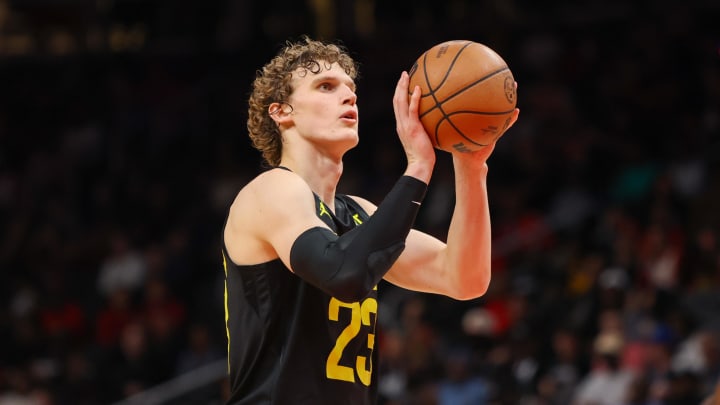
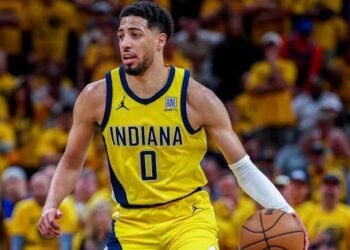

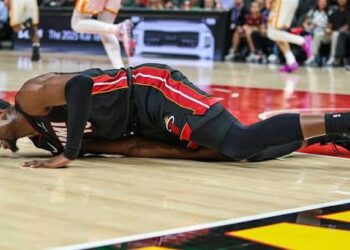

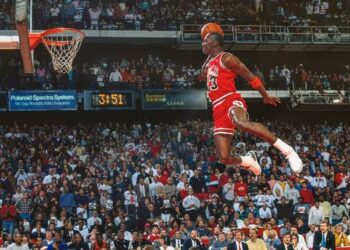
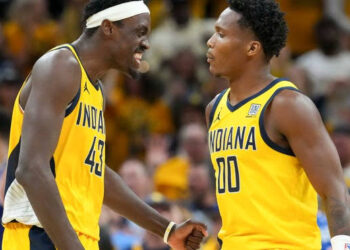

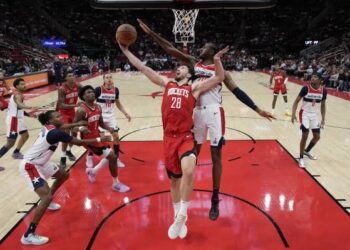


Discussion about this post